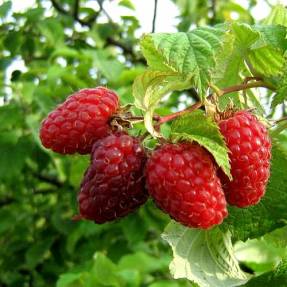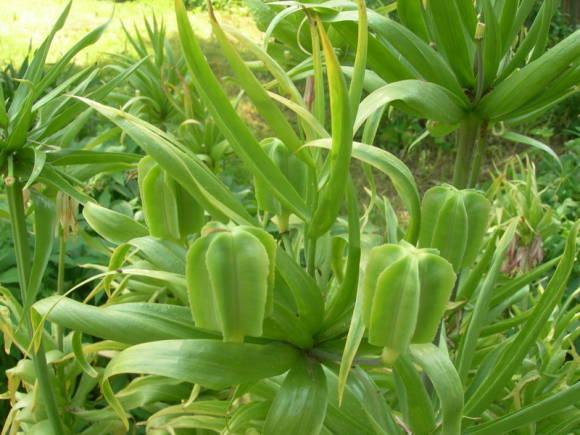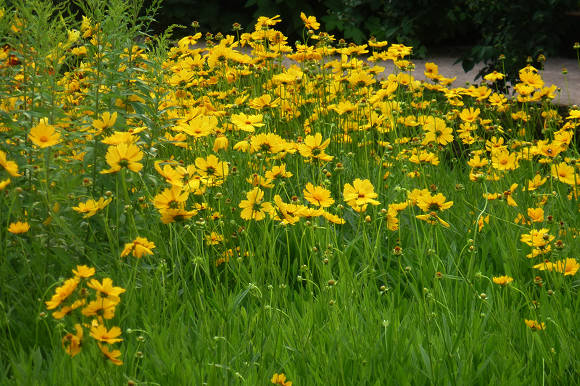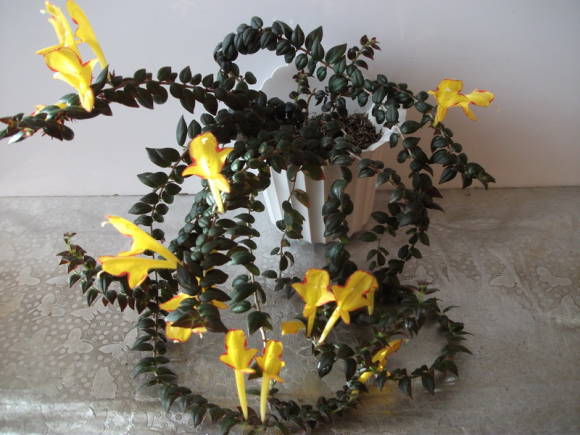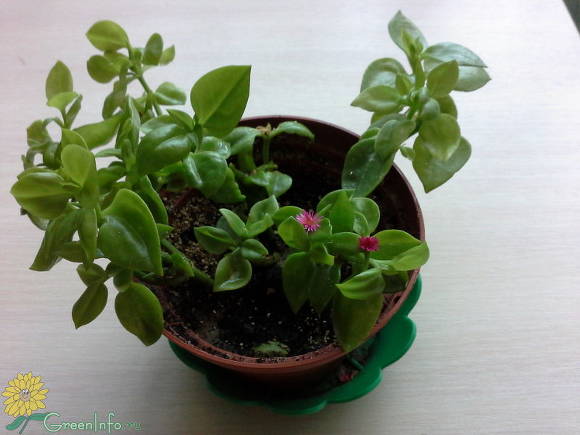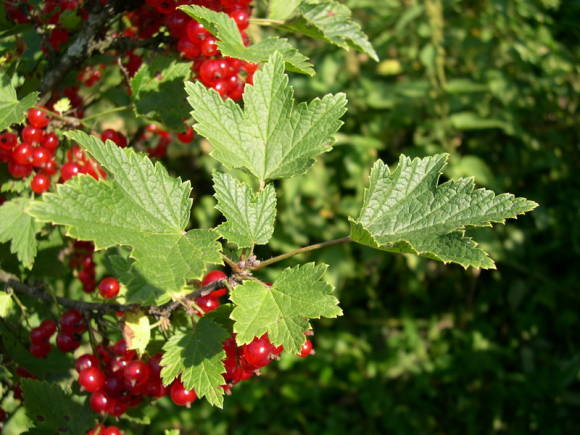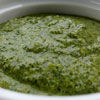
Growing seedlings of petunias is not for the faint of heart. Of course, now the seeds of these, and most other annuals, are granular, that is, it is much more convenient to sow them than "dust-like" untreated ones. But other dangers lie in wait for lovers of beauty. For example, in the form of low-quality purchased soil.
Sometimes a manufacturer you have known for a long time "misfires", and either due to a violation of the technical conditions of soil production, or for other reasons beyond the control of the manufacturer (a banal fake), a substrate infected with pathogenic fungi and bacteria gets into your seed containers. Of course, you will never find this fact purely visually. And he will "come up" very soon, and sometimes even the next day after sowing precious seeds.
It is better to buy soil not in chain hypermarkets, but in stores from distributor firms that work directly with manufacturers. During my practice of working with plants, the soils Greenworld, KEVA, Klasmann, Krepysh have never caused any complaints or problems.
Let me tell you briefly what happens in the case of using low-quality soil. You put soil in a jar, moisten the soil, sow seeds, close the jar. And the very next day you have a chance to see full-fledged hyphae of disease-causing fungi.
 |  |

High humidity is more than a favorable environment for their development. I don't want to "poison" microscopic seedlings with chemical fungicides, and the use of biological preparations is often ineffective ... Or it helps for a while, then the white bloom appears again. After a while, the fungi begin to sporulate and the plaque becomes dirty yellow and dusty. Of course, it will not be possible to grow seedlings in such an environment.
Presowing soil cultivation with boiling water or a hot solution of potassium permanganate not only does not give results, but can leave you without seedlings at all. Because, in addition to harmful soil inhabitants, all beneficial microorganisms die in it. For the same reason, I do not heat the substrate in the oven or microwave.
Therefore, I propose to secure yourself in a different way. After this year my crops were covered with white mold the next day, I decided to act smarter. Based on the experience of my friends, experienced flower growers, I can say with confidence that petunias (and other annuals) really like to be sown in peat-humus tablets. But before sowing, they still need to be disinfected in a solution of some biological fungicide.
Swollen in solution and squeezed out, they represent a wonderful breathable, lightweight substrate enclosed in a mesh (it can be removed if necessary). To save tablets, they (already swollen) can be cut into two parts in a horizontal plane. The best option is to place these tablets on a layer of vermiculite scattered over the bottom of a sufficiently tall plastic container with a lid. And sow petunia seeds in several pieces over the surface of these tablets.
But for me this method is not entirely acceptable, because I sow a huge amount of petunias, which means that a lot of tablets and vermiculite will also be required. And this pleasure, frankly, is not cheap. And I don't like working with pills in the future.

Now I do this - I buy high-quality soil and the largest peat-humus tablets without a mesh. I soak the tablets in a solution of biofungicides: for 5 liters of water, 1 tablet of Alirin-B and 1 tablet of Gamair. The first drug protects against powdery mildew, gray rot, black leg, root rot, and the second - against bacterial rot, vascular and mucous bacteriosis. Preparations should be prepared according to the attached instructions. You can also use the drug Fitosporin-M.
When the tablets are swollen, I squeeze them well, transfer them to an open container.I pour a decent layer of drainage into the seed container (I don’t make holes in the bottom at this stage), pour the purchased soil, slightly moisten it with the same solution of biofungicides, and crumb the soaked peat pellet with a thin layer on the surface of the soil. Petunias do not need a deep layer of soil at the initial stage. This thin layer is enough to get seedlings and the first deepening - the roots are still very small to penetrate into the main soil. And when the root system develops at least a little, it will already be easier for it to master the purchased soil.
On such a "cushion" of peat-humus tablets, shoots of petunias actually appear very quickly - on the 3-4th day. The substrate does not cake, allows tiny seedlings to breathe.
I will also make a reservation that when buying soil for growing seedlings, it is advisable to choose exactly the one that is intended specifically for sowing seeds - it does not contain vermiculite. Yes, the substrate with vermiculite is light, but its pieces create inconvenience during sowing and during the further procedure for burying the seedlings.
In central Russia, it is advisable to start sowing petunias not earlier than the beginning of March. Especially impatient growers can start at the end of February. The fact is that usually before the beginning of June, there is no point in planting petunia seedlings in open ground, since the weather at this time is very deceptive: today it is hot, and tomorrow there is a return frost. And if you grow seedlings in a greenhouse, and even in a heated one, then in the bright sun it will grow very quickly, even bloom and suffer in cassettes, waiting for planting in a flower bed. And if you plan to grow seedlings in an apartment on an ordinary windowsill, then with a lack of light, it will stretch out strongly by the time of disembarkation.
I spread the granules, with the seeds of petunias enclosed in them, on the surface of the resulting substrate carefully, using a toothpick, and leave them for a while.
Then, with the help of the same toothpick, easily, without fanaticism, I spread the granule over the substrate, even rather just crush it, but in no case do I press the seeds into the soil. The goal is that the granule does not subsequently "coke" when lightly drying its upper part. If the granules do not soak, you have to additionally sprinkle them with the same solution from a spray bottle and wait a little longer.
 |  |
Now you need to close the containers with transparent lids, but not hermetically, and place the crops in a warm (20-25 ° C) place under illumination. Ideally, small condensation should form on the underside of the lids, which must be removed by airing the seedlings every morning and evening. When lightly drying the upper layer of the substrate, you can slightly sprinkle it with water from a spray bottle.

After the emergence of shoots, which can "shoot" on the third day, and may "think" for 12 days, the most stressful period in the life of petunias begins. It was at this time that microscopic seedlings were striving to attack the "black leg" and other ill-wishers. The main thing now is regular airing. It is necessary to ensure that the closed container does not come under direct sunlight, which the seedlings will easily "cook", and proper hydration. Airing is also the prevention of the "black leg". When shoots appear, I always leave a small gap between the container and the lid, and when the third leaf appears, I gradually remove the lid completely.
As for the humidification of the "little ones" - here it is necessary not to overdry the soil, but also not to overdo it with moisture, otherwise illnesses are threatening to loom on the horizon again. Watering seedlings is best done with a syringe or syringe. The second option suits me more personally - it's more convenient. The fact is that a stream of water from a spray bottle simply "drops" the seedlings onto the ground, and the soil itself does not wet it. And in the meantime, the roots appear at the seedlings. My friends, flower growers, vying with each other, advise periodically watering the seedlings with such a "compote" - 15 drops of Energen and 2 drops of HB-101 for 0.5 liters of water.
I will warn you against one more unpleasant situation. If suddenly the seedlings began to disappear for no apparent reason, you need to slightly loosen the soil with a toothpick and examine it for the presence of small transparent worms - mushroom mosquito larvae. They are capable of destroying seedlings. If they are present, urgently pour Aktara, diluted according to the instructions. In general, as soon as you noticed that small flies are flying nervously in the area of containers, or even under the lids, you need to "salt" the soil with the preparation Thunder-2 so that they do not sit on the ground for laying eggs.
In order for the shoots of petunias not to fall, you need to carefully brush the soil to them with a toothpick. It is more convenient for someone to act differently: "drown" in the ground, that is, take a toothpick, make a hole next to a small plant and carefully transfer the stalk there, slightly deepening it. The photo below is an example of this procedure, carried out with seedlings of ever-flowering begonia.
 |  |
For me personally, since I sow petunia seeds in a strict geometric order, it is more convenient to just add a pinch of soil between shoots, without even pressing it. In any case, after such events, the seedlings need light watering so that the soil takes its place around the roots and stem.
You will have to add soil several times before the pick. When the third leaf appears, this is no longer scary - the seedlings are gaining strength and withstand, even if the soil falls on its head.
 |  |
Somewhere in early to mid-April, the time for a dive will come. You can already relax - the stressful period has been experienced and strong grown seedlings are now difficult to ruin. Can be planted in cassettes or other containers, burying the plants to the very leaves. It is convenient to pry the seedlings with a wooden Chinese stick. And now a little garden soil can be added to the ground for picking, in which petunias will grow in a flower bed, so that the root system begins to "get used" to constant living conditions.
 |  |

A couple of weeks after the pick, you can offer seedlings fertilizer with a high nitrogen content - to build up green mass. After another couple of weeks, when the buds begin to lay, you can switch to phosphorus-potassium or complex with trace elements or alternate them, feeding the seedlings about once every 10 days. Petunias are highly respected monophosphate of potassium.
Hot days come, plants become water lovers. It is necessary to provide the seedlings with timely, abundant watering. But they will now tolerate short-term drying of the soil.
It makes sense to initially opt for the seeds of the professional series, in which the ability to bush is genetically inherent. As, for example, the plants in the photo. But if you got the wrong seeds, then the seedlings need to be pinched, and even a couple of times. The first time - remove the crown when the plant reaches a height of 3-4 cm (usually above the third true leaf), the second time - after 2-3 weeks (pinch the formed shoots). Without pinching, petunias will tend to grow up, and not bush.


Photo by the author
